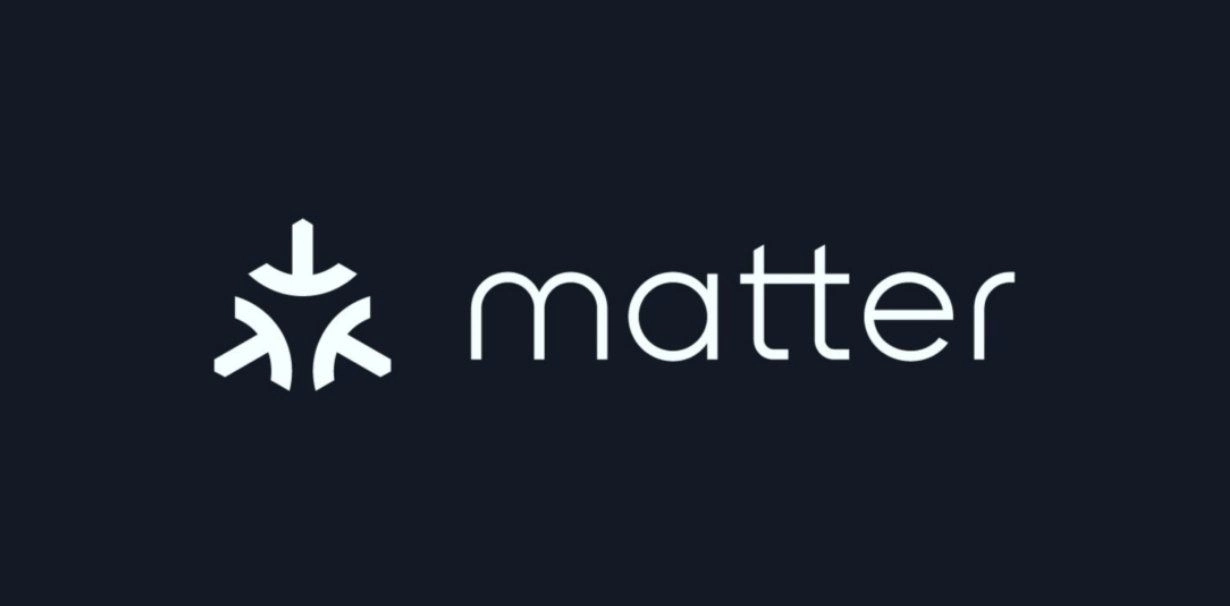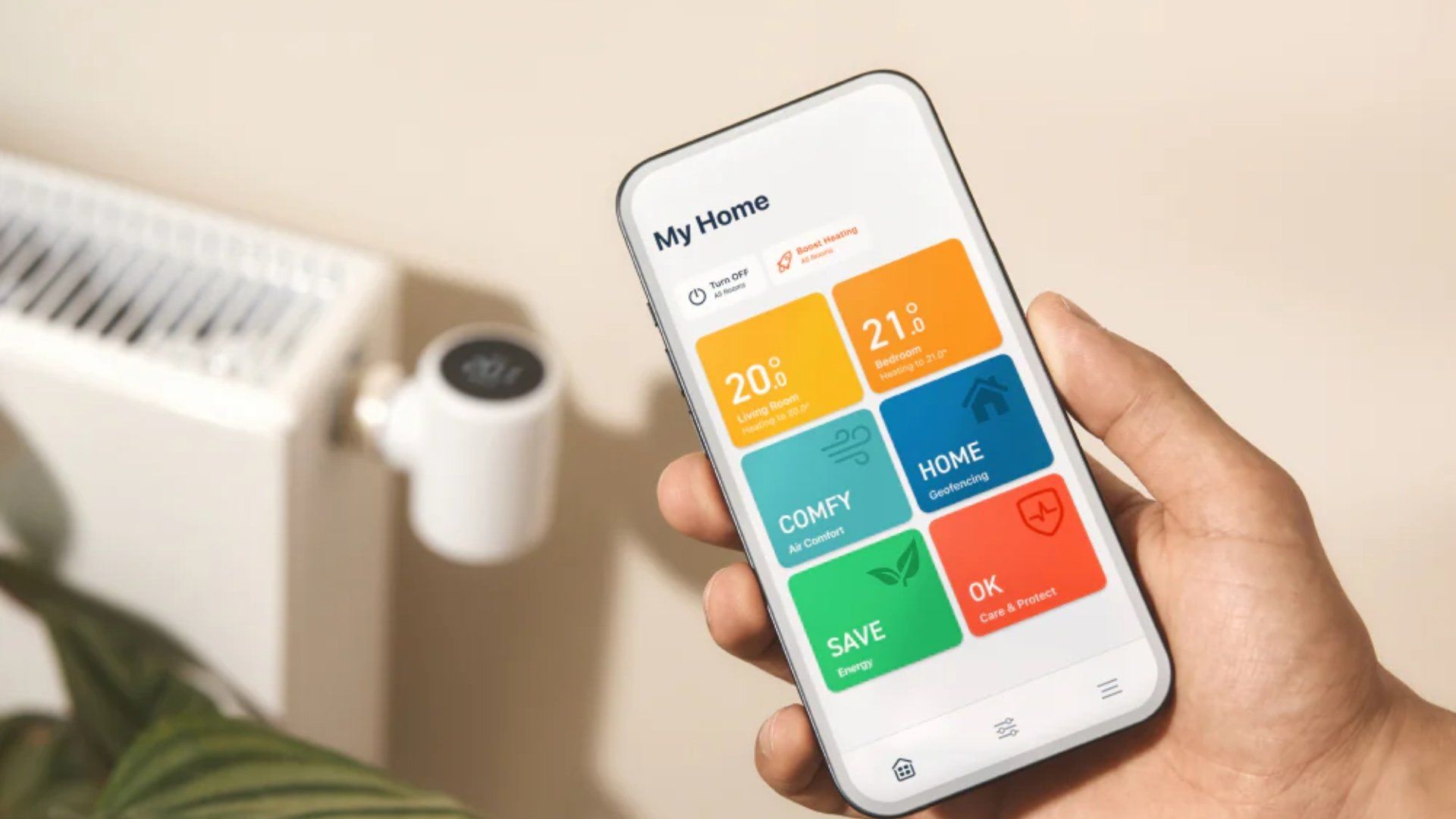What Can We Expect to See in Matter 1.4?
The release of the Matter 1.3 specification in Spring 2024 saw a range of new device types and features supported in the breakout smart home platform. Matter has a bi-annual release cycle, with a new specification released every Spring and Autumn. Matter 1.4 is imminent, therefore, promising new features and functionalities. But what new device support can we expect from Matter 1.4?

Please note: This page may contain affiliate links. Read our ethics policy
The release of the Matter 1.3 specification in Spring 2024 saw a range of new device types and features supported in the breakout smart home platform.
Thanks to the Connectivity Standards Alliance (CSA), Matter has a bi-annual release cycle, with a new specification released every Spring and Autumn. Matter 1.4 is imminent, therefore, promising new features and functionalities that will further enhance existing and new smart home devices.
But what new device support can we expect from Matter 1.4, and how will it improve on the previous iteration?
How Matter 1.4 Might Improve on Previous Releases
Before we look at what new devices are likely to be added to Matter 1.4, let’s consider how things might improve across the platform.
- Enhanced interoperability: the smart home ecosystem that Matter supports is expected to be strengthened, much as it was last time around. So, with Matter 1.3 we got new devices such as water leak detectors and EV chargers. Again, new device categories and improved support for existing smart home tech is likely.
- Security and privacy: Matter is already pretty robust, but the CSA is not resting on its laurels with this element of the protocol. Adding support for new devices means ensuring the security and privacy of the platform is up-to-date, encryption is in place everywhere, and ensuring effective permissions management.
- Streamlined user experience: commissioning and onboarding of new Matter hardware is already pretty streamlined. From the user interface angle, little needs to be done. However, improved inter-device communication can enhance configuration of custom automations.
See our guide explaining what the Matter smart home is for more some context to these improvements.
Some Potential New Additions to Matter 1.4
Matter is developed with a proprietary license, but the specification is publicly available to view. This means that we can view the general specification files for new and existing device types on the project’s GitHub page. Not all files are clear, and not all mean new features or new device types. But there is enough information to be able to discern what is likely, what is less likely or interesting, and what might be a background feature.
Various new device types are being suggested for Matter 1.4.
- Heat pump and energy management: drawing heat from the earth is becoming more popular, and Matter could be adding support for smart heat pumps and related energy management devices, a step on the road to Matter smart homes becoming more energy efficient.

- Water heater: details for water heating devices has also been included in the draft specification. Combined with the heat pump and energy management features, this might offer improved support for smart home energy efficiency systems like Tado X (above).
- Mounted dimmable lights: support for physical mounted dimmer light fittings, rather than wall-mounted switches, could be included with Matter 1.4.
In addition, there are indications that Microsoft Fabric support (presumably for cloud databases and analytics for smart home hardware manufacturers) could be introduced with Matter 1.4.
Improvements to Existing Matter-Compatible Devices
As well as new device types, Matter 1.4 adds improved support to existing devices. This includes things like adding features and support for automations. There isn’t space to list them all here, but I have highlighted some of the most interesting:
- Robot Vacuum Cleaners: better map support appears likely for robot cleaners.
- Matter Casting: Matter’s video casting protocol seems to be adding messaging.

- Dishwashers: improved support for dishwashers (start up and temperature settings) can potentially make automated pot washing more efficient.
- EVSE: more devices look set to be added to the Electric Vehicle Supply Equipment category.
One last thing to note: the Matter 1.3 specification was released in Spring 2024 but its improvements are only just beginning to appear in smart home hub apps and new devices.
The enhancements to Matter listed above may therefore take several months to appear.
Matter 1.4 and the Future of Smart Homes
Taking a moment to pull back and look at the smart home market, it’s clear that there are no realistic alternatives to Matter at this time. The entire point of the protocol is to unify what has come before, and offer greater compatibility and interoperability between platforms moving forward.
Matter 1.3 was a big jump forward, and Matter 1.4 could be too, especially based on some of the possible new device specifications.
Of course, some of these items might be pulled from the finalized Matter 1.4 spec on release. Equally, there is a chance that others could be added. For confirmation of the Matter 1.4 specification, visit the Connectivity Standards Alliance website.
About the Author

Christian Cawley
Editor in Chief
Christian has been writing about technology since the mid 2000s, and has been published in numerous publications, online and in print. These include Android Magazine, Linux User & Developer, Linux Format, Tech Radar, Tom's Hardware, and Computer Active. From 2014-2024, he was a section editor and later deputy editor at MakeUseOf, before joining the Matter Alpha team. Christian enjoys old video games (mainly C64, Amiga, and MS-DOS), classic TV, and telling everyone who will listen that they should have a robot cleaner. When he's not shaping articles, Christian is a dad to three dancers, collects Lego, and is an avid home chef.